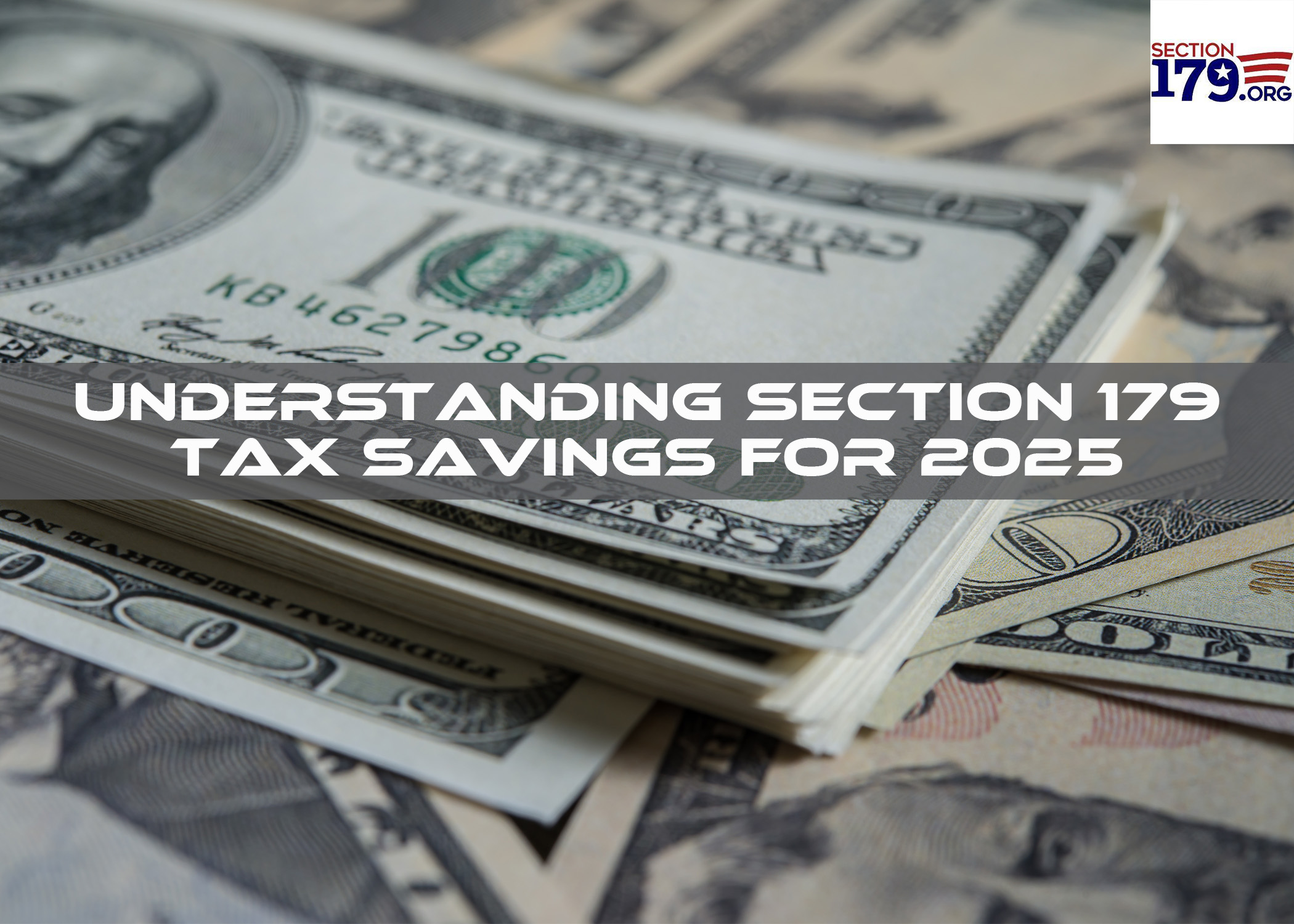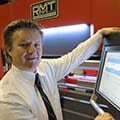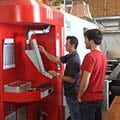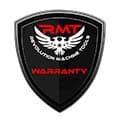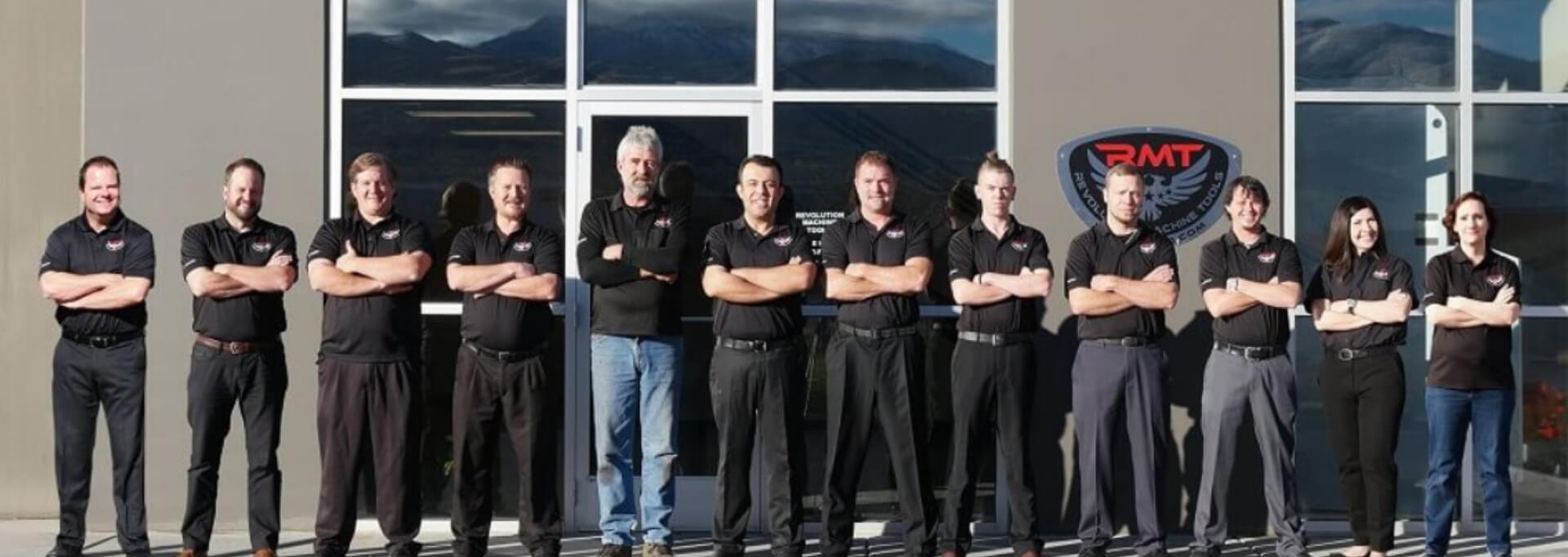For metal fabricators planning capital purchases in 2025, understanding Section 179 of the U.S. Internal Revenue Code and how it works with bonus depreciation can mean the difference between buying new equipment now or deferring. The following explains the 2025-dollar limits, what equipment qualifies, how fabricators typically use the rules, and practical steps to maximize tax savings while staying compliant.
What Exactly Is Section 179 and Why Is It Important?
179 is a section of the U.S tax code that allows businesses to immediately deduct the full purchase price of qualifying equipment and software placed in service during the tax year, rather than capitalizing and depreciating the cost over several years. This incentive is designed primarily to encourage small and mid-sized businesses to invest in themselves and improve their cash flow.
The accelerated tax deduction known as “bonus depreciation” was set to be phased out entirely by 2027. However, legislation passed in 2025 permanently restored 100% bonus depreciation for qualifying property (like metal fabrication machines) placed in service after January 19, 2025. This deduction allows businesses to immediately expense a significant portion or the entire cost of eligible business assets in the first year they are placed in service, rather than depreciating them over several years.
Depending on timing—and elections—taxpayers can use Section 179 first and then apply bonus depreciation to the remaining amount as appropriate to maximize the total first-year write-off.
The Basics—Limits, Phaseouts, and Business Use
A substantially larger dollar limit for Section 179 is available for 2025. The maximum deduction limit is $2.5 million. The total equipment purchase cap is $4 million, at which point the deduction begins to phase out dollar-for-dollar. (So, the deduction fully phases out when total purchases reach $6.5 million.)
To make use of the Section 179 rules, a business must explicitly elect to take the deduction by filing IRS Form 4562. The total Section 179 deduction cannot exceed the business’s net taxable income. Any disallowed amount due to this limitation can be carried forward to future years.
To claim Section 179 the property must be purchased (or financed) and placed in service during the tax year and must be used more than 50% of the time for business. If business use drops to 50% or less in later years, some of the deduction can be recaptured.
(Note: Because exact numeric limits and IRS line-by-line instructions are updated annually, always check the IRS Form 4562 instructions for the definitive numbers you should use on your return.)
What Property Qualifies for Fabricators?
Section 179 and bonus depreciation typically apply to most tangible depreciable property used in a trade or business, including both new and used items (if the used item is new to the purchasing business). For metal fabricators such property commonly includes:
- Machinery and fabrication equipment, like press brakes, shears, laser cutters, plasma cutters, and CNC presses
- Welding equipment, robotic weld cells, jigs, and fixtures
- Forklifts, shop cranes, conveyors, and material-handling equipment
- Computers and software specifically used for running machines (if purchased and meeting IRS criteria)
- Office furniture and equipment, including computers and “off-the-shelf” software
- Business vehicles with a gross vehicle weight rating (GVWR) of more than 6,000 pounds (subject to specific limits)
- Certain shop improvements placed in service during the year, such as roofs, HVAC systems, fire protection, and security systems
Not everything tied to your building will qualify—improvements that are structural or that fall into non-qualifying real-property categories may be excluded or have different treatment. That distinction matters for fabricators that perform shop renovations; the tax treatment of Qualified Improvement Property (QIP) and other building items can be more limited. (Consult IRS guidance and your tax advisor when in doubt.)
How to Choose Between Section 179 and Bonus Depreciation
Practical decision factors for using the two types of write-offs include:
- Immediate cash-flow versus long-term tax planning. Section 179 lets you target specific assets to expense up to the annual cap; bonus depreciation is applied class-by-class and often automatically covers remaining eligible basis. If you need to maximize 2025 deductions, combine both: take Section 179 (up to the limit) for high value purchases you want fully written off, then use bonus depreciation on the remainder.
- Income limitation. Section 179 cannot create or increase a net operating loss (NOL), it’s limited by business income for the year. Bonus depreciation, by contrast, can create or enlarge an NOL in some circumstances (subject to NOL rules). That difference should guide large-ticket decisions.
- State conformity. Some states do not follow federal bonus depreciation or Section 179 changes automatically. That can create state tax differences you should model before buying. (Check your state revenue department or ask your CPA.)
Recordkeeping and Compliance
Keep purchase invoices, financing documents, delivery/installation dates, and documentation showing business use percentage for each asset. The “placed in service” date is critical.
For assets used partly for personal/employee use, maintain logs to substantiate the “greater than 50%” business-use requirement.
If you claim Section 179 and subsequently the use falls below 50% in a later year, you may owe income adjustments (known as “depreciation recapture”).
Maximizing Tax Savings for Metal Fabricators
2025’s expanded expensing rules present a major opportunity to accelerate deductions and lower taxable income for any year you invest in your shop. Fabricators with large machinery purchases should run scenarios with Section 179 and bonus depreciation, consider income limitations and state conformity, and document business use carefully.
Because the rules and dollar limits have recently changed, check the IRS Form 4562 instructions and discuss the timing of purchases with your CPA or tax adviser before you finalize capital expenditures.



